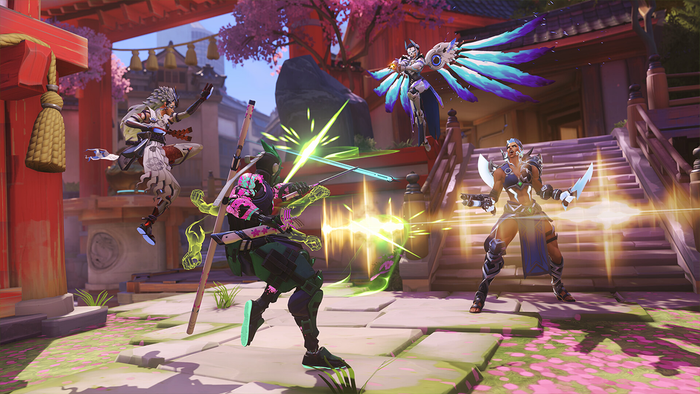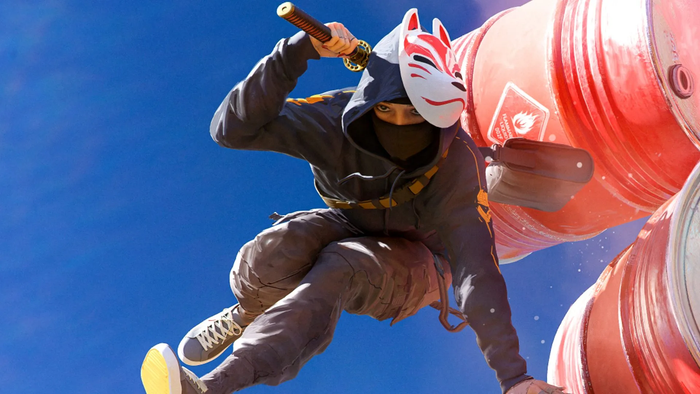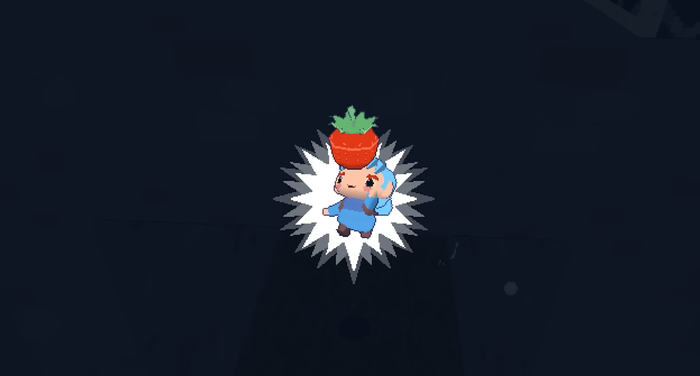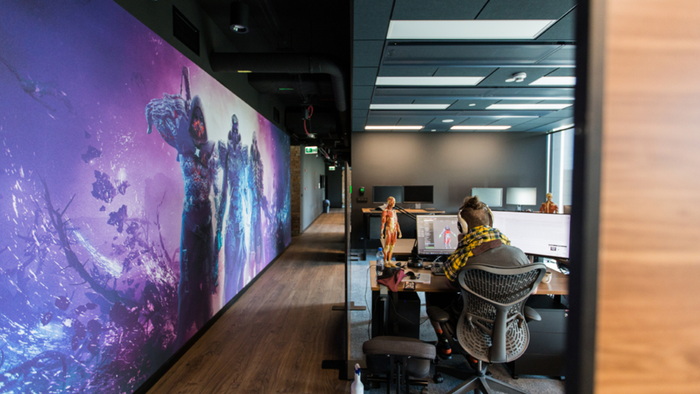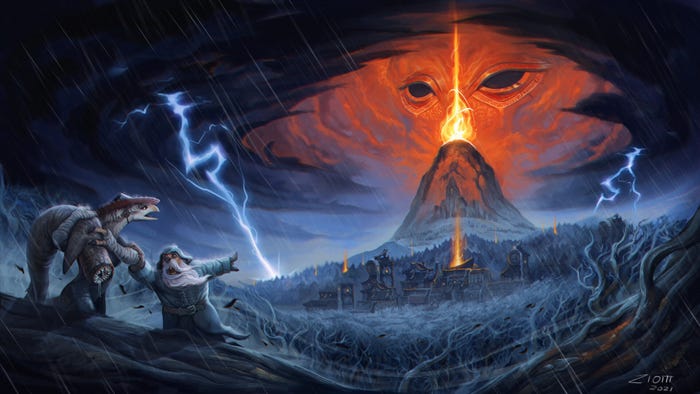Valve's Joe Ludwig explained how Valve gradually turned Team Fortress 2 into a free-to-play game that made them twelve times as much money.

In June of 2011, Valve Software took its four-year-old online first-person shooter Team Fortress 2 and made it completely free-to-play -- and ended up increasing revenues by a factor of twelve as a result. Valve's Joe Ludwig ran a GDC session Wednesday that explained exactly how four years' worth of content updates, tweaks, and community engagement helped Valve transition TF2 from a triple-A boxed title to a free-to-play game built around microtransactions. Updates keep players hooked Building large updates with additional content was key to maintaining player interest and expanding the player base. "Although small updates to the game started immediately after launch, it wasn't until the medic update in 2008 that significantly changed revenue," Ludwig said. "Adding so much stuff at once gave the press and community a reason to talk about it, which got more people to try it for the first time." However, Valve soon found that the business model for a triple-A boxed game didn't quite mesh with their development strategy. "The trouble is, when you're a AAA box game, the only people who can earn you new revenue are the people who haven't bought your game. This drives you to build new content to attract new people," Ludwig said, "There's a fundamental tension between building the game to satisfy existing players and attract new players." In order to resolve this tension, Valve continued to release updates that delivered new maps, game modes, weapons, and even entire new game systems (in-game items, a marketplace, and a trading system, for example) with the eventual goal of switching over to free-to-play. Community engagement key for maintaining player interest In order to make a successful free-to-play game, Valve needed to make sure that its players were constantly coming back to Team Fortress 2 and checking back in. Part of its strategy entailed engaging its player community in as many different ways as possible. Ludwig showed TF2's Sniper-focused update as an example. Each content update started with a teaser trailer that hinted at several possible new items or features, and Valve developers would monitor the community reaction in the forums to determine which aspects caught the players' attention. "We found people in the forums talking about how cool it would be if the Pyro could light the sniper's arrows on fire. To be honest, we hadn't considered it, but we were able to implement it by the time the update shipped," Ludwig said. In another instance, players picked up on a blueprint displayed in passing within the teaser trailer for the Engineer-focused update of a mechanical hand item. Ludwig explained that "[The players] didn't realize it, but they were indirectly voting on the content of the update. When the update shipped, it included that robot hand." If Valve was going to engage its player community outside the game itself to try and maintain interest in TF2, it was going to have to do it well, Ludwig stressed. "It's important to make the out-of-game components to the updates just as compelling as the in-game components. This is something that MMOs do really well. In our case, this means telling a story with multiple parts." But the community relationship wasn't limited to soliciting and monitoring feedback. Valve gave its players several opportunities to contribute to the game itself as well by designing game maps and proposing in-game items. "At this point, more than half of the items in TF2 are contributed by the community. Pretty much every place you give the community a chance to change the game, they'll do it, and they'll probably do a better job than you would," Ludwig said, "One more way that the community contributed to updates is by building maps. Up to this point we've shipped 19 community maps." Anticipate negative player reactions and design around them Once Valve rolled out the in-game item system, it needed to get the players used to the idea of paying for them. "This wasn't a change we made lightly, but it was something we had to do to get our game into the free-to-play business model," Ludwig said. "They had never paid for an item in TF2 at any point in the past, and we weren't sure how willing they'd be to pay now." Ludwig outlined the players' possible objections to the item store, the first of which was TF2 turning into a "pay-to-win" game: "We dealt with the pay to win concern in a few ways. The first was to make items involve tradeoffs, so there's no clear winner between two items. But by far the biggest thing we did to change this perception was to make all the items that change the game free. You can get them from item drops, or from the crafting system. It might be a little easier to buy them in the store, but you can get them without paying. The only items we sell exclusive to the store are cosmetic or items optional to gameplay." Players also hated the idea of getting nickel-and-dimed with intermediary virtual currencies, like a point system. "Players actually object pretty strongly to the idea that they'll have to take their money and buy a block of some virtual currency, when they only want to spend a fraction of that on the item they want," Ludwig said, "TF2 uses the Steam Wallet, which supports all currencies you can normally use on Steam, and lets you load it to the exact amount you want to use. It's now used by 22 games on Steam." Valve's audience concern extended into the actual free-to-play transition, as well; it needed to make sure that players who paid for the game didn't feel ripped off. "One thing we did was to give paid players a hat called 'Proof of Purchase'. We also made a distinction between paid and free accounts; smaller backpack sizes, and fewer crates. What we didn't include was any restriction on how you could play the game itself," Ludwig said. Fortunately for Valve, its four-year efforts ended up paying off. Once the item store was introduced, revenues from item sales alone were four times larger than revenues from sales of TF2 itself, and after the free-to-play transition was finished, overall revenue was up 12 times higher than monthly TF2 sales were. "This is just the beginning of taking the lessons we've learned from TF2 and applying them to Steam itself," Ludwig said, "It was risky, everything could have gone horribly wrong, but we felt it was worth the risk to try the new business model."
Read more about:
event gdcAbout the Author(s)
You May Also Like


